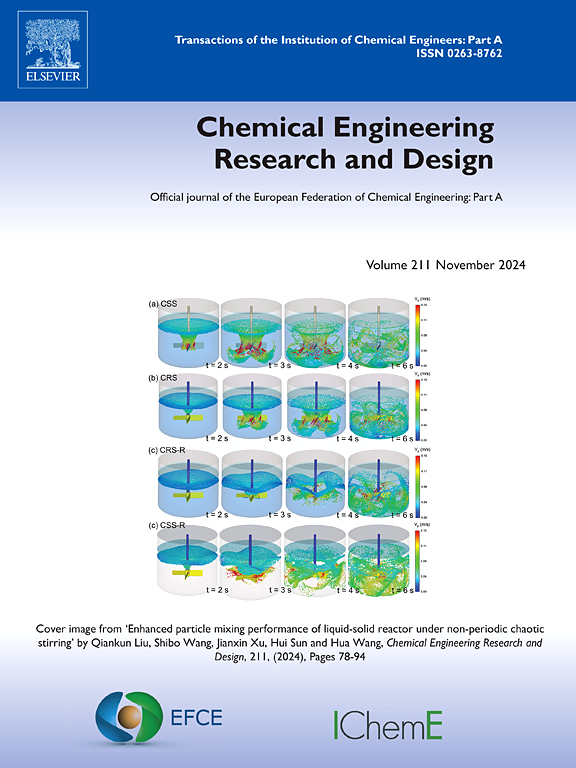Optimizing microgrid design and operation: A decision-making framework for residential distributed energy systems in Brazil
IF 3.7
3区 工程技术
Q2 ENGINEERING, CHEMICAL
引用次数: 0
Abstract
This paper explores the optimization of microgrid design and operation for residential distributed energy systems in Brazil, addressing the growing demand for sustainable energy in the context of climate change. A decision-making framework based on Mixed-Integer Nonlinear Programming (MINLP) is proposed to integrate distributed energy resources (DERs) such as solar, wind, and biogas. Key challenges include managing the variability of renewable resources and complying with local regulations, while also addressing gaps in literature, particularly the impact of time-dependent efficiency profiles on energy sharing within microgrids. By employing innovative analyses and clustering techniques, the research optimizes microgrid configurations, accounting for seasonal demand fluctuations and the influence of incentive policies on system feasibility. The findings reveal that incorporating a time-dependent efficiency model can reduce total costs by 45 %. This reduction underscores the importance of accurate efficiency predictions, as the model captures variations in energy generation and utilization efficiency over time, improving system optimization. Additionally, the findings reveal that a well-structured optimization model can meet 100 % of electricity and hot water demands across all scenarios, with customized incentives playing a crucial role in reducing costs and promoting sustainability.
求助全文
约1分钟内获得全文
求助全文
来源期刊

Chemical Engineering Research & Design
工程技术-工程:化工
CiteScore
6.10
自引率
7.70%
发文量
623
审稿时长
42 days
期刊介绍:
ChERD aims to be the principal international journal for publication of high quality, original papers in chemical engineering.
Papers showing how research results can be used in chemical engineering design, and accounts of experimental or theoretical research work bringing new perspectives to established principles, highlighting unsolved problems or indicating directions for future research, are particularly welcome. Contributions that deal with new developments in plant or processes and that can be given quantitative expression are encouraged. The journal is especially interested in papers that extend the boundaries of traditional chemical engineering.
 求助内容:
求助内容: 应助结果提醒方式:
应助结果提醒方式:


